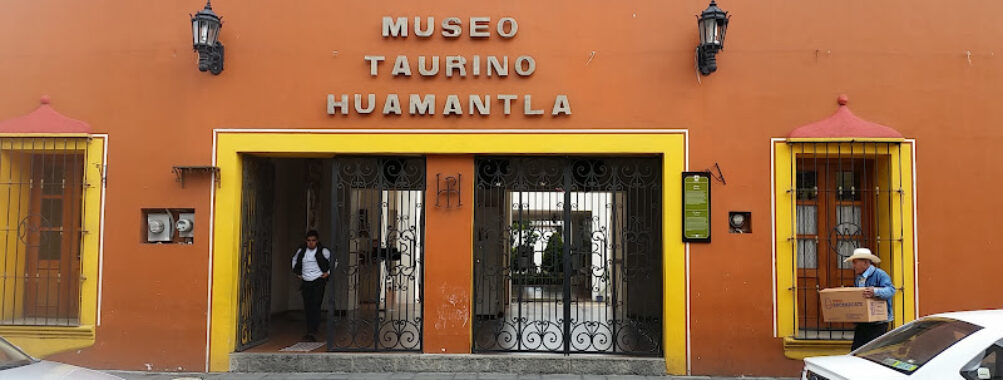
Museo Taurino
Table of Contents
Description
Let me paint you a picture of one of Spain’s most fascinating cultural institutions. The Museo Taurino pulls back the curtain on the complex and storied world of Spanish bullfighting. You know, I was initially hesitant about visiting a bullfighting museum, but this place completely changed my perspective on this centuries-old tradition.
The museum houses an impressive collection of matador costumes (called trajes de luces), and let me tell you – they’re absolutely stunning up close. The intricate embroidery and attention to detail in these suits is mind-blowing. Each one tells its own story of courage, artistry, and tradition.
Walking through the exhibits, you’ll discover historical artifacts, dramatic photographs, and detailed explanations that help piece together the cultural significance of bullfighting in Spanish society. What really caught my eye were the authentic fighting capes – the famous red muletas that have become such an iconic symbol of Spanish culture.
Key Features
• A remarkable collection of authentic matador costumes spanning different eras
• Historical weapons and tools used in bullfighting
• Stunning photographic exhibitions documenting famous fights and fighters
• Educational displays explaining the tradition’s cultural significance
• Original artwork and sculptures depicting bullfighting scenes
• Preserved bull heads from historically significant fights
• Interactive exhibits demonstrating bullfighting techniques
• Archive of historical documents and memorabilia
• Temporary exhibitions that rotate throughout the year
Best Time to Visit
From my experience, mornings are ideal for exploring the museum, especially if you want to avoid the larger crowds that tend to gather in the afternoon. The lighting is also perfect for photography during these hours. Summer months naturally draw more visitors, so if you’re looking for a more peaceful experience, consider planning your visit during spring or fall. I’d recommend setting aside at least 2 hours to properly appreciate all the exhibits.
How to Get There
The museum is easily accessible by Madrid’s efficient public transportation system. You can reach it by taking the metro to Las Ventas station, which puts you practically at the museum’s doorstep. If you’re coming by bus, several routes stop nearby. And ya know what? Walking there can be quite pleasant too – it’s a great way to explore the surrounding neighborhood, which has its own charm.
Tips for Visiting
Listen, I learned a few things during my visits that might help make your experience even better. First off, grab an audio guide if available – trust me, it adds so much context to what you’re seeing. The museum is pretty accommodating for visitors with mobility needs, with wheelchair access throughout most areas.
Photography is allowed in most sections, but skip the flash – it helps preserve the artifacts. You might want to bring a light jacket even in summer; the climate control keeps things pretty cool to protect the exhibits.
Oh, and here’s something I wish I’d known earlier – some of the most interesting temporary exhibits happen during the San Isidro festival in May. The museum tends to put on special displays during this time.
Take your time reading the information panels – they’re fascinating and really help you understand the complexity of bullfighting culture. And don’t forget to check if there are any scheduled guided tours during your visit – they often share amazing stories that aren’t written on the walls.
If you’re traveling with kids, the interactive displays can keep them engaged, though you might want to prepare them for some of the more graphic historical images. And hey, while you’re in the area, there are some great traditional Spanish restaurants nearby where you can grab lunch after your visit.
Remember to check the opening hours before you go – they can vary depending on the season. And one last thing – if you’re really interested in the subject, try to visit during off-peak hours when you can take your time and really soak in the history and artistry of this controversial but historically significant Spanish tradition.
Location
Places to Stay Near Museo Taurino
Find and Book a Tour
Explore More Travel Guides
No reviews found! Be the first to review!